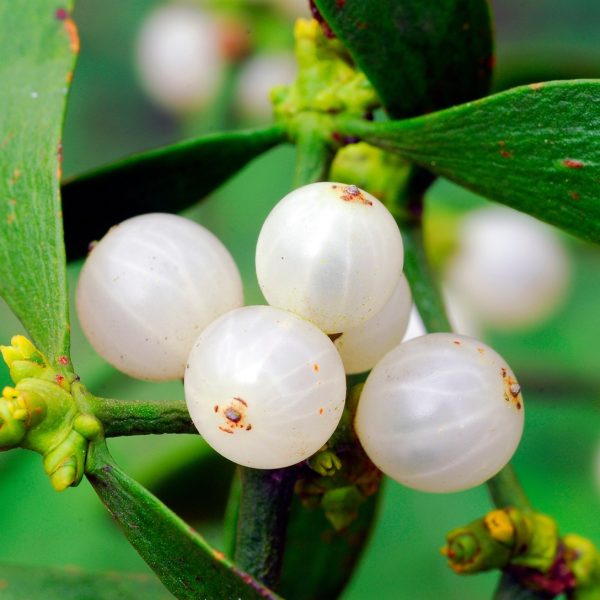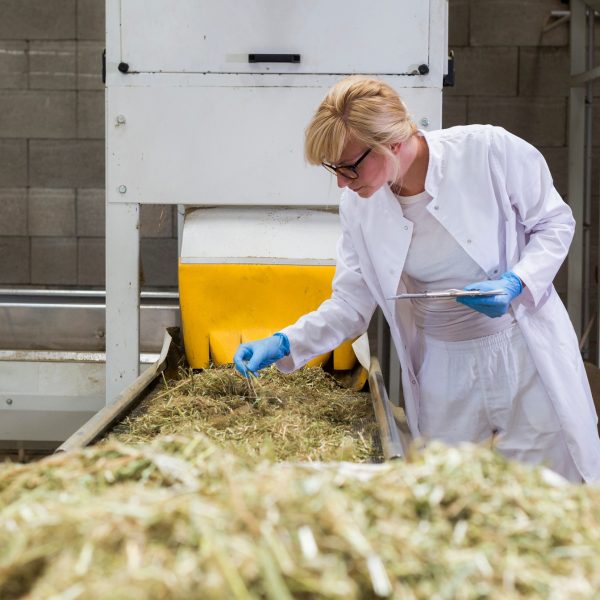What are the regulatory frameworks that govern herbal products in the UK? This article explores the challenges and key considerations, and offers practical advice for herbal practitioners.
The world of plant or herbal medicine, which includes a vast array of products that are not actually regulated as medicines, is being constantly shaped by evolving legislation in both the UK and the European Union (EU). For herbal practitioners, staying abreast of these changes is not merely good practice, it is a legal imperative.
This article provides an overview of the key regulatory frameworks, recent developments, and essential considerations for practitioners operating within the broad range of disciplines that use the power of plants to help, heal and maintain human bodies.
UK divergence post-Brexit
Since the UK’s departure from the EU in 2020, the regulatory landscape has necessarily diverged. While a significant body of EU law was “assimilated” into UK law post-Brexit, new UK-specific regulations are emerging, and existing EU regulations continue to evolve independently.
As the standalone regulator, the UK’s Medicines and Healthcare products Regulatory Agency (MHRA) is now able to make decisions autonomously, without needing to take heed of European Commission or European Court of Justice (ECJ) opinions, decisions or recommendations. This creates a complex regulatory environment where practitioners must be mindful of two distinct, albeit sometimes overlapping, sets of rules.
There’s also the matter of how laws are interpreted and how much resource or priority is placed on enforcement; such changes can create dramatic effects on a practitioner’s ability to practice or communicate.
Dual (or multiple) regulatory pathways
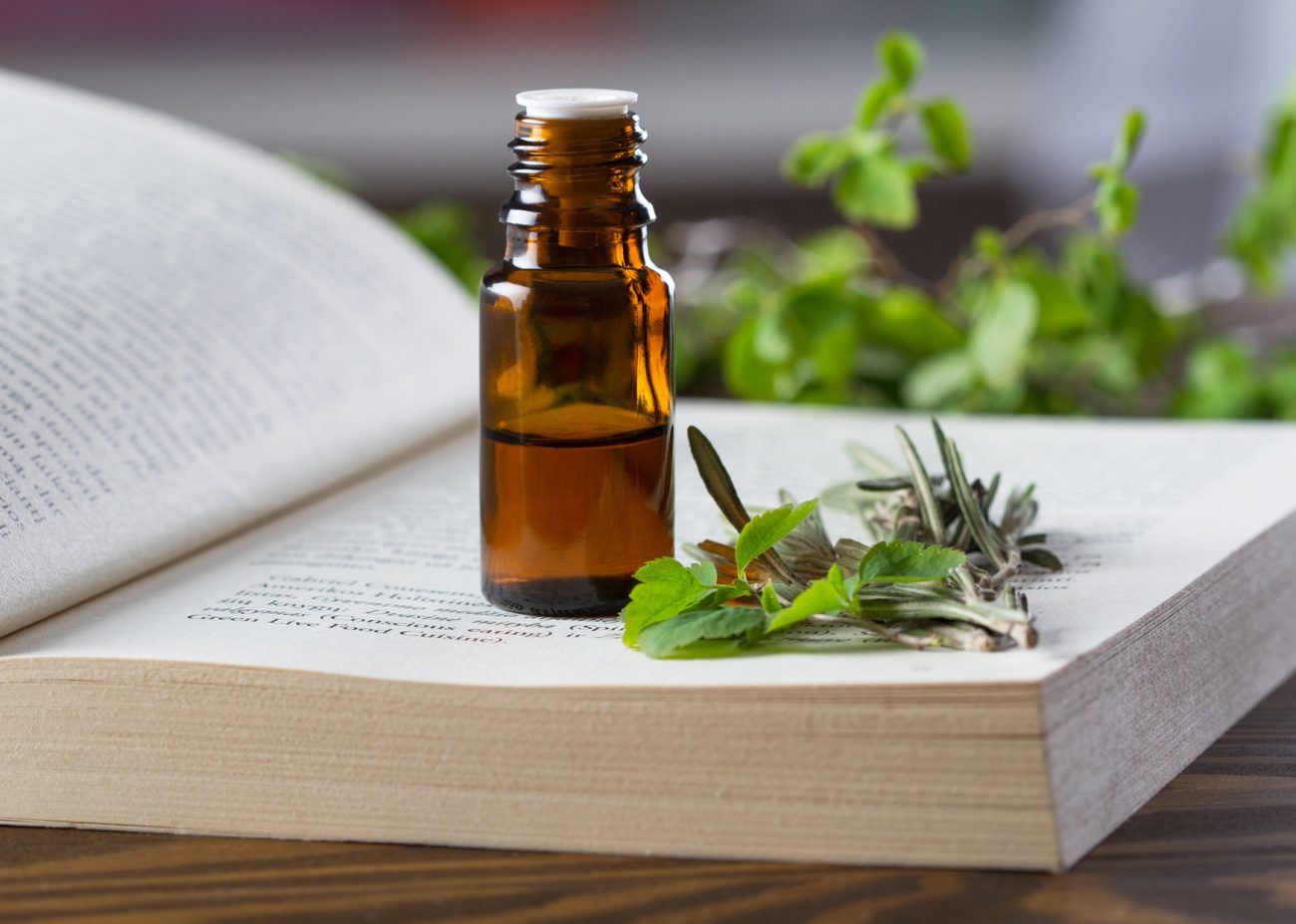
The most fundamental decision any regulator makes about a product being used by a practitioner is whether it is viewed as a medicinal product, or not. Practically, this is down to how the relevant regulator decides to interpret the product in question in relation to each of the two key limbs of the EU and UK definition of a medicinal product (Article 1(2) of the EU Human Medicinal Products Directive, as amended, the relating to presentation, the second to function:
- Presentation limb: Any substance or combination of substances presented as having properties for treating or preventing disease in human beings
- Functional limb: Any substance or combination of substances which may be used in or administered to human beings either with a view to restoring, correcting or modifying physiological functions by exerting a pharmacological, immunological or metabolic action, or to making a medical diagnosis.
This wording is identical to that of the Human Medicines Regulations 2012 (Article 2(1)) which applies in the UK.
Almost every product used in herbal medicine will fall foul of the second limb, as does a cup of black or herbal tea, a balanced meal, or even a glass of water. So, this is the limb over which all herbal practitioners need to be acutely aware. Additionally, falling foul of the first limb is nearly always going to be problematic, as there is very little grey area to be negotiated if you have made a medicinal claim, or made a diagnosis for a product that is not a registered medicine.
Back to the grey landscape of the second, ‘functional’ limb, there are only two legal mechanisms operative in the EU that allow a product to escape this very broadly scoped definition. Both could be described as legally opaque, hence the catalogue of European case law that has developed in an attempt to bring some degree of legal clarity.
The first is that medicinal product must, according to Article 2(1) of EC Directive 2001/83/EC (and its UK equivalent) be regarded as “industrially prepared industrially or manufactured by a method involving an industrial process”. The second critically important mechanism that allows a product to escape the second limb of the definition is if it is “clearly” not a food, food supplement, cosmetic, biocide or medical device (Recital 7 of Directive 2001/83/EC). Has it, for example, had a long history of use as a food or supplement? Is the intended use clearly not medicinal? Is the posology such that the intended use of the product is not to treat sick or diseased people.
The bad news here is that if, in the eyes of an EU regulator, any legal uncertainty in the eyes of the regulator remains, they can hit you with the big stick of Article 2(2). This is a provision the ECJ has termed “the rule of doubt”, which gives medicinal law supremacy of any other law in the EU.
The “rule of doubt” states:
“In cases of doubt, where, taking into account all its characteristics, a product may fall within the definition of a ‘medicinal product’ and within the definition of a product covered by other Community legislation the provisions of this Directive shall apply.”
In practice, and according to ECJ case law, regulators regard most plant-based ‘medicines’ legally either as medicines or as ‘borderline’ products, and make final determinations on a case-by-case basis, taking into account all of the characteristics of a product and its presentation. This includes specifically the extent of the “pharmacological, immunological or metabolic action”, the intended use, the dosage regimen (posology), and the nature of any claims made. All of these elements, along with their interaction, have been considered multiple times in key pieces of ECJ case law. What’s key to remember is that EU case law has supremacy over any national law or interpretations. It still has some influence on regulatory decisions in the UK, which of course has, as yet, precious little of its own relevant case law in this area.
While the UK lacks the two mechanisms described above that allow products to escape medicinal classification, the MHRA adopts a largely similar approach as well as case by case determinations on whether a product is a medicine or not. This is amply described in its guidance, A Guide to What is a Medicinal Product.
In principle, a given herbal constituent could exist as a medicinal product (registered or unregistered; see below), as a food supplement, a ‘functional food’ (regulated as a conventional or fortified food), or even as a medicinal device or biocide. It is therefore critical to be clear which regulatory ‘harbour’ a given product is destined for.
Traditional herbal medicinal products
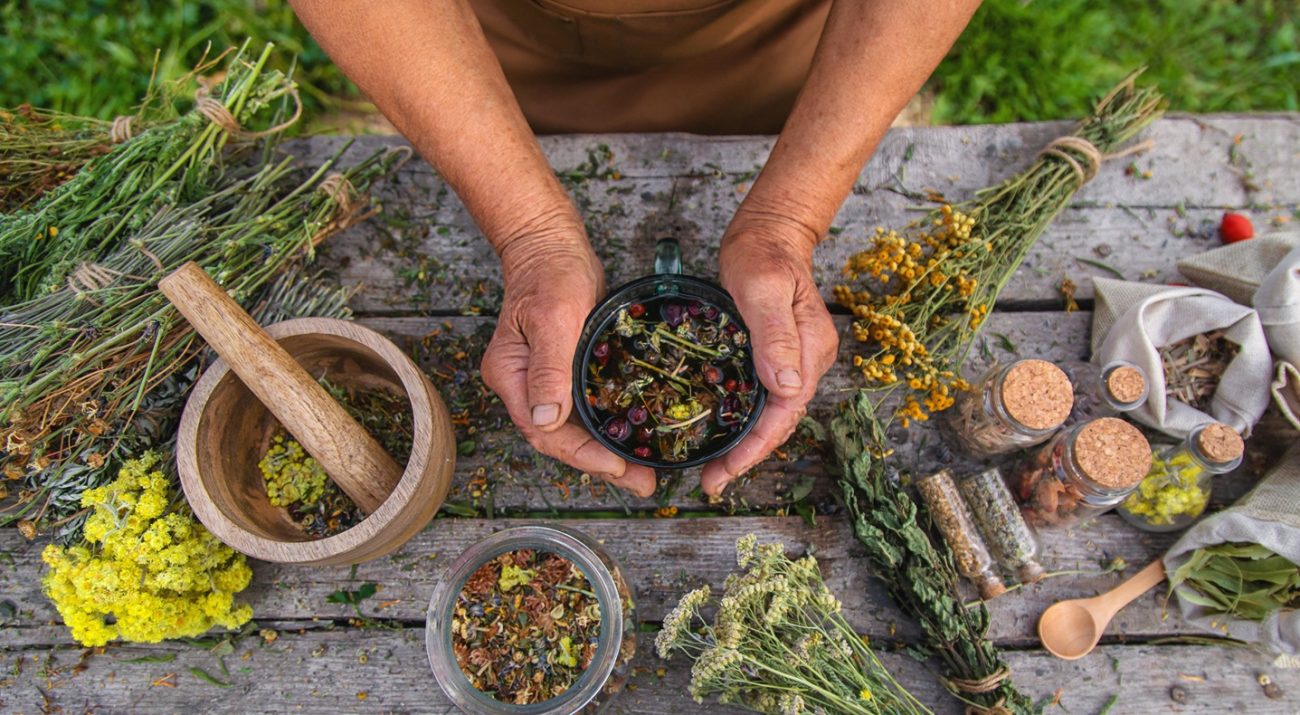
The EU’s Traditional Herbal Medicinal Products Directive (2004/24/EC), incorporated into UK law as The Medicines (Traditional Herbal Medicinal Products for Human Use) Regulations 2005, remains the cornerstone for regulating manufactured herbal medicinal products. For many herbal practitioners, it is of relatively little value, because it deals with manufactured products that are intended for self-administration without medical supervision.
The aim of the directive or regulation was to provide a simplified registration procedure for traditional herbal medicines that meet specific criteria. The impetus of its development was over 100 cases of severe renal damage and urothelial cancers due to aristolochic acid toxicity in the early 1990s, when a Brussels slimming clinic run by medical doctors prescribed misidentified Chinese herbs containing Aristolochia fangchi, instead of Stephania tetrandra.
- Long-standing use: The product must have been in medicinal use for at least 30 years, with at least 15 of those years within the EU. This “traditional use” negates the need for extensive efficacy trials, focusing instead on a plausible effect based on historical application.
- Safety and quality: Products must demonstrate acceptable levels of safety and quality, ensuring they are not harmful when used as recommended and are manufactured to appropriate standards.
- Specific indications: Products are generally registered for use in minor, self-limiting conditions suitable for self-management. Marketing and advertising must strictly adhere to the approved indications, clearly stating that efficacy is based exclusively on long-standing traditional use. Claims implying proven efficacy (e.g., “clinically proven”) are prohibited.
The THMPD came into full effect in 2011, establishing a unified licensing system. The European Medicines Agency (EMA) and its Committee on Herbal Medicinal Products (HMPC) play a crucial role in providing scientific opinions and preparing Community Herbal Monographs, which serve as reference documents for Member States.
The trouble for many an herbalist, especially those from non-European traditions given these were central to the legislative history, is that a very substantial number of herbs that are associated with medicinal use, or the relevant pharmacopoeia, have yet to be registered. Accordingly, they are are also not known to regulators, meaning that when such herbs are encountered, the tendency is for them to be considered unregistered medicines or novel foods. Some EU member states have introduced plant lists that indicate medicinal, food supplement or novel food status, as well as conditions of use, to help increase legal clarity. This includes the BELFRIT list that has been implemented through national rules in Belgium, France and Italy, and the German ‘Stoffliste’.
The UK has actually registered the largest number of manufactured herbal medicines in Europe through the MHRA’s Traditional Herbal Registration (THR) scheme which began in earnest in 2011, with 178 registrations so far, covering 81 species and 71 genera (Table 1). Germany and Poland are estimated to have over 150 registrations each, but many EU countries still have fewer than 20.
| No. | Species | No. | Species |
|---|---|---|---|
| 1 | Agathosma betulina | 41 | Lobelia inflata |
| 2 | Althaea officinalis | 42 | Marrubium vulgare |
| 3 | Angelica archangelica | 43 | Matricaria recutita |
| 4 | Apium graveolens | 44 | Melaleuca alternifolia |
| 5 | Arctium lappa | 45 | Melissa officinalis |
| 6 | Arctostaphylos uva-ursi | 46 | Mentha x piperita |
| 7 | Arnica montana | 47 | Myristica fragrans |
| 8 | Asclepias tuberosa | 48 | Paeonia lactiflora |
| 9 | Asparagus officinalis | 49 | Panax ginseng |
| 10 | Avena sativa | 50 | Passiflora incarnata |
| 11 | Betula pendula | 51 | Pelargonium reniforme |
| 12 | Betula pubescens | 52 | Pelargonium sidoides |
| 13 | Calendula officinalis | 53 | Petroselinum crispum |
| 14 | Capsicum annuum | 54 | Peumus boldus |
| 15 | Cetraria islandica | 55 | Picea abies |
| 16 | Cimicifuga racemosa | 56 | Pimpinella anisum |
| 17 | Cinnamomum zeylanicum | 57 | Plantago lanceolata |
| 18 | Cucurbita pepo | 58 | Primula veris |
| 19 | Cynara scolymus | 59 | Rosmarinus officinalis |
| 20 | Drimia maritima | 60 | Rubus idaeus |
| 21 | Echinacea pallida | 61 | Rumex acetosa |
| 22 | Echinacea purpurea | 62 | Salvia officinalis |
| 23 | Equisetum arvense | 63 | Sambucus nigra |
| 24 | Eucalyptus globulus | 64 | Serenoa repens |
| 25 | Eucalyptus polybractea | 65 | Sigesbeckia orientalis |
| 26 | Eucalyptus smithii | 66 | Silybum marianum |
| 27 | Euphrasia officinalis | 67 | Symplocarpus foetidus |
| 28 | Gentiana lutea | 68 | Tanacetum parthenium |
| 29 | Ginkgo biloba | 69 | Taraxacum officinale |
| 30 | Glycyrrhiza glabra | 70 | Thymus vulgaris |
| 31 | Harpagophytum procumbens | 71 | Thymus zygis |
| 32 | Harpagophytum zeyheri | 72 | Tilia cordata |
| 33 | Hedera helix | 73 | Tilia platyphyllos |
| 34 | Humulus lupulus | 74 | Tilia x vulgaris |
| 35 | Hypericum perforatum | 75 | Urtica dioica |
| 36 | Hyssopus officinalis | 76 | Urtica urens |
| 37 | Inula helenium | 77 | Vaccinium macrocarpon |
| 38 | Iris versicolor | 78 | Valeriana officinalis |
| 39 | Isatis tinctoria | 79 | Verbena officinalis |
| 40 | Lavandula angustifolia | 80 | Vitex agnus-castus |
| 81 | Zingiber officinale |
Table 1. List of herbal species that have been successfully registered under the UK Traditional Herbal Registration (THR) scheme. Data source: MHRA.
UK national rules for herbal medicines post-Brexit

If an herbal product fulfils the definition of a medicinal product in the UK, and it is not registered as a THR, it may still qualify for the ‘herbalist’s exemption’ — a provision that has its origins all the way back to the time of Henry VIII. The Herbalists’ Charter of 1542/1543, formally known as An Act that Persons Being No Common Surgeons May Administer Outward Medicines (34 & 35 Hen. VIII c. 8) (now often referred to as the ‘Herbalists’ Charter’) was a piece of legislation enacted during Henry VIII’s reign to address the lack of accessible medical care and the restrictive practices of the medical establishment at the time. Sound familiar?
Key provisions of the Herbalists’ Charter were then incorporated into the Medicines Act of 1968, and subsequently into the current Human Medicines Regulation 2012 (Regulation 3(6)).
The current Regulation states:
“…the regulations do not apply to the sale or supply of a medicinal product by a person who is not acting in the course of a business, where the product is a herbal medicinal product prepared at the request of an individual and supplied to that individual after a consultation. This effectively allows herbal practitioners to prepare and supply herbal remedies without needing a manufacturing or marketing authorization, provided the preparation is made for an individual patient following a personal consultation.”
It is important to appreciate that this exemption applies only to plant-based products with no trade name, sold as unlicensed (unregistered) herbal medicines and made up by the herbalist following a one-to-one consultation. Even if exempt, they must be considered safe, and they must not fall foul of restrictions for certain herbal ingredients, that include prescription of specific herbs only by registered pharmacists; they must also not be on the MHRA’s list of banned herbal ingredients.
Advertising of THR products in the UK must include the specific statement: “Traditional herbal medicinal product for use in (specify indication(s)) exclusively based upon long-standing use as a traditional remedy.” As in the EU, claims, even references to published clinical studies showing proven efficacy, are not permitted. The MHRA (and other national medicines authorities in the EU) work with applicants to agree specific wording for the mandatory insert (patient information leaflet).
The food supplement pathway
Many botanical ingredients are marketed as food supplements rather than medicines. This distinction is crucial, as the regulatory framework for food supplements differs significantly from that for medicines both in the UK and EU.

In the EU, food supplements are regulated as a sub-category of foods under the Food Supplements Directive (2002/46/EC), which harmonises lists of vitamins and minerals and their sources, as well as labelling requirements for all types of food supplement that are defined as “concentrated nutrients” with “nutritional or physiological effects” delivered in “dose form”(). However, for “other substances” with nutritional or physiological effects (a category that includes many botanicals), there is less harmonisation, and national rules often apply.
Key considerations for botanicals in EU food supplements
General food law principles
All food supplements must comply with general food law principles, including Regulation (EC) No 178/2002, which places primary responsibility for product safety on food business operators.
EFSA’s role
The European Food Safety Authority (EFSA) provides scientific opinions on the safety of ingredients. EFSA has a developed guidance for how national regulators should conduct safety assessments of botanicals in food supplements, as well as a Compendium of Botanicals (12) with potential health concerns. However, EFSA’s advice has prevented the European Commission from establishing a harmonised or central register of permitted botanicals and related substances, such harmonisation having been hampered by difficulty in finding agreement between member states.
Novel Foods Regulation (EU) 2015/2283
This regulation is highly impactful for botanical ingredients and means that any food or food ingredient not consumed to a “significant degree” within the EU before 15 May 1997 is considered a “novel food” and requires pre-market authorisation.
It is particularly problematic because the inclusion dose is irrelevant (unlike for medicinal determinations) and it is often very difficult (or impossible) to prove significant use prior to the trigger date in 1997 because accountancy records prior to this time have typically been discarded. The 2015 version of the law introduced a simplified notification process for traditional foods from third countries which requires evidence of safe use in at least one country outside the EU for 25 years.
Health claims (Regulation (EC) No 1924/2006)
The Nutrition and Health Claims Regulation (NHCR) strictly governs claims made on food (and therefore food supplement) products. Health claims are prohibited unless authorised by the European Commission, typically based on scientific evidence assessed by EFSA (). This has proven challenging for botanicals, as demonstrating efficacy to the stringent “scientific consensus” standard can be difficult for complex plant matrices and EFSA initial rejection of the vast majority of claims it assessed caused the European Commission to put health claims for botanicals and related substances “on hold”.
In effect, this means they continue to be regulated according to national rules. ANH and others have long argued that a graded or tiered approach to determining botanical health claims would be rational, acknowledging the challenges in substantiating claims for complex botanical preparations using methodologies primarily designed for isolated nutrients.
Prohibited/restricted substances
Under Regulation (EC) No 1925/2006, the EU can prohibit, restrict, or place under scrutiny substances (other than vitamins or minerals) added to foods if they pose a health risk. This can impact certain botanicals.
UK post-Brexit regulation of food supplements
In the UK, food supplements are primarily regulated by the Food Standards Agency (FSA) under the Food Safety Act 1990 and assimilated EU regulations like Regulation (EU) No 1169/2011 (on food information to consumers) and the Food Supplements Regulations (England) 2003 (with equivalent legislation in Scotland, Wales, and Northern Ireland).
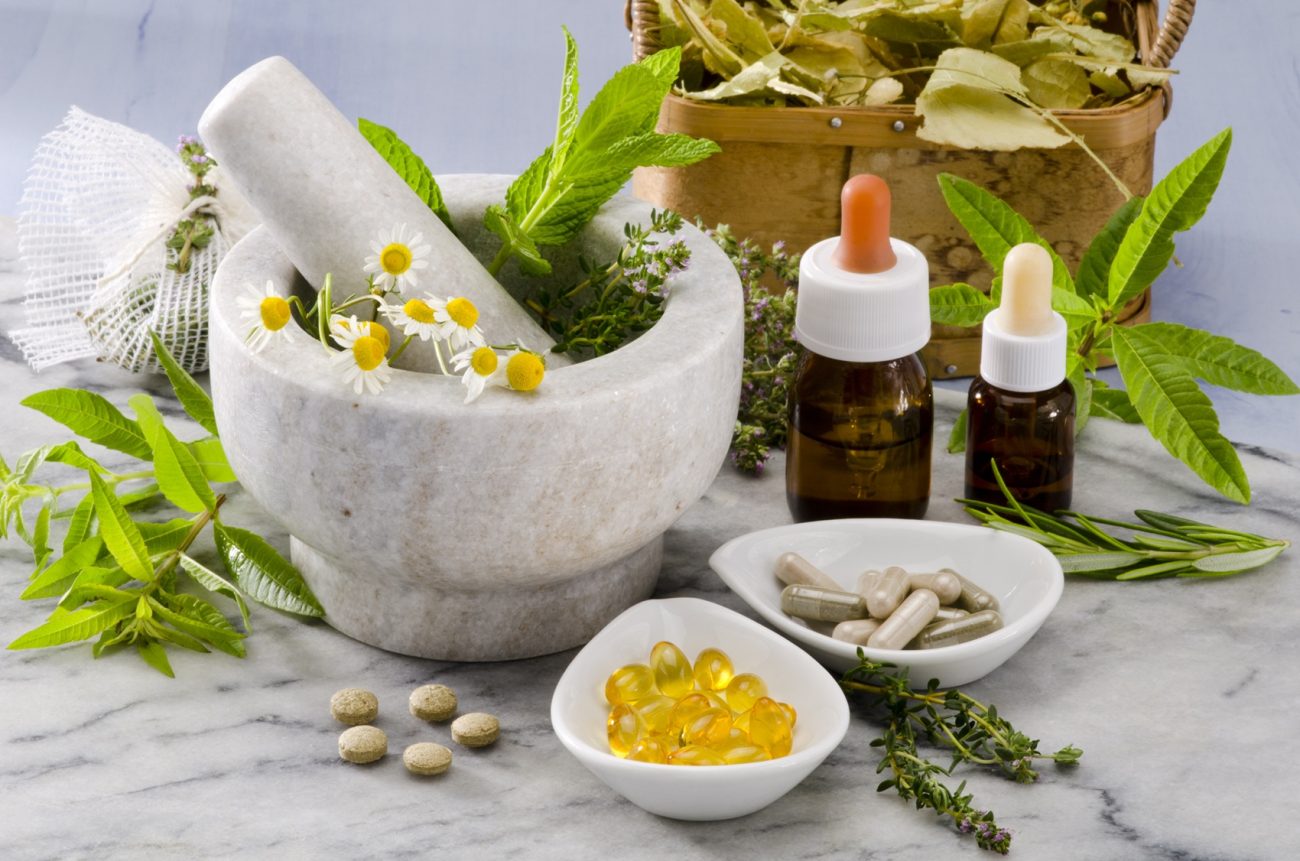
Key considerations for botanicals in UK food supplements
Assimilated law
Many EU food law provisions, including aspects of the Novel Foods Regulation and the NHCR, continue to apply as “assimilated law” in the UK until replaced or revoked.
FSA’s role
The FSA provides guidance on regulated products, including novel foods. Businesses seeking to market novel botanical ingredients in GB must apply for authorisation through the FSA.
Labelling requirements
UK food supplements must adhere to detailed labelling requirements, including:
- The prescribed name “Food Supplement”
- Indication of characteristic nutrients or substances
- Recommended daily consumption and a warning not to exceed it
- A statement that food supplements should not be used as a substitute for a varied diet
- Storage instructions
- A comprehensive ingredients list in descending order by weight, using scientific or customary names for botanicals
Claims
Health claims on food supplements in the UK are still subject to principles similar to the EU NHCR, although the Department of Health has published a list of “on-hold” claims that can be used in Great Britain (]. False or misleading claims, particularly those suggesting prevention or treatment of disease, restoration of physiological function, or modification of appearance, are prohibited under consumer protection laws like the Digital Markets, Competition and Consumers Act 2024 (DMCCA).
Safety
All food supplements must be safe for consumption. Practitioners are advised to source products from reputable suppliers and maintain documentation.
Other relevant legislation and considerations
Beyond the core medicinal and food supplement regulations, several other areas of law impact herbal practitioners:
- Endangered species (CITES): Practitioners must be aware of and comply with the Convention on International Trade in Endangered Species of Wild Fauna and Flora (CITES) when sourcing ingredients. Products containing parts of endangered species are strictly prohibited.
- General product safety: Products must be safe when placed on the market. This is a fundamental principle in both the UK and EU.
- Consumer protection: Legislation protecting consumers from misleading advertising and unfair commercial practices is highly relevant. Claims about efficacy or benefits must be truthful and substantiated.
- Contaminants and quality: Regulations on contaminants (e.g., pesticides, heavy metals, microbiological contamination) and quality standards (e.g. Good Manufacturing Practice (GMP)) apply to both herbal medicines and food supplements.
Challenges and future outlook for herbal practitioners
The current regulatory environment presents several challenges for herbal practitioners.

- Classification borderlines: The distinction between a “medicine” and a “food supplement” can be ambiguous, particularly for botanical products with traditional uses that blur these lines. The MHRA (UK) and national competent authorities (EU) make case-by-case decisions.
- Novel food hurdles: The Novel Food Regulation continues to be a significant hurdle for new botanical ingredients or traditional non-EU botanicals wishing to enter the EU and UK markets. The cost and complexity of the authorisation process can be prohibitive for smaller businesses.
- Health claims for botanicals: The difficulty in substantiating health claims for complex botanical formulations under existing health claims regulations remains a point of contention and limits the information that can be conveyed to consumers.
- Ensuring quality and safety: Practitioners bear the primary responsibility for the safety and quality of the products they provide. Sourcing from reputable suppliers, understanding supply chains, and being aware of potential contaminants are paramount.
- Advertising compliance: The strict rules on advertising, particularly the prohibition of unsubstantiated efficacy claims for traditional herbal medicines and food supplements, require careful attention. In the UK, this role is managed by an industry self-regulator, that is often assumed to be a government regulator, the Advertising Standards Authority.
Looking ahead, while there is no immediate indication of a radical overhaul of the core legislation, ongoing dialogues and potential future revisions aim to address some of these challenges. In the EU, discussions between different member states continue with a view to developing a more harmonised approach to botanicals in food supplements. History informs us, however, that such harmonisation is often focused on the lowest common denominator so practitioner, consumer or patient choice tend to be sacrificed.
In the UK, while significant divergence has not yet occurred for herbal products, future legislative changes could further refine the domestic regulatory landscape. The practice of herbal medicine continues to be dependent on the herbalist’s exemption, that was established some 500 years ago, so this provision must be protected vehemently regardless.
Practical advice for herbal practitioners
To ensure compliance and protect both your practice and your clients, herbal practitioners should:
- Understand product classification: Clearly ascertain whether the products they use and supply are classified as medicines (e.g., unregistered/exempted medicines, THR products) or food supplements (that are not classified as unauthorised novel foods).
- Source responsibly: Only procure ingredients and finished products from reputable suppliers who can provide documentation on quality, purity, and origin. Be vigilant about potential contaminants and adulteration.
- Adhere to labelling requirements: Ensure all products are correctly and comprehensively labelled according to UK or EU regulations (whichever apply), including ingredients, warnings, dosage, and storage.
- Comply with advertising rules: Exercise extreme caution with all marketing and advertising materials. Avoid making unsubstantiated health claims or implying medicinal benefits for food supplements or exempted unregistered medicines supplied. For THR products, use the mandated traditional use statement.
- Stay informed: Regularly consult official guidance from regulatory bodies such as the MHRA, FSA, EMA, and EFSA. Professional associations (e.g., British Herbal Medicine Association (BHMA_, European Herbal and Traditional Medicine Practitioners Association (EHTPA)) are invaluable resources for updates and interpretations.
- Maintain records: Keep thorough records of product sourcing, batch numbers, and any adverse reactions reported.
- Seek professional advice: When in doubt, consult legal professionals specialising in food and medicinal product regulation.
Conclusion
The regulatory environment for herbal medicines and botanical-containing food supplements in the UK and EU is intricate and constantly evolving. While the foundational principles of safety, quality, and accurate information remain paramount, the specific pathways for compliance vary. For herbal practitioners, a proactive approach to understanding and adhering to these legislative frameworks is essential. By staying informed, sourcing responsibly, and communicating transparently, practitioners can navigate this complex landscape, uphold public trust, and continue to provide valuable herbal support within the bounds of the law.
References
- EC Directive 2001/83/EC (2025 consolidated version): https://eur-lex.europa.eu/legal-content/EN/TXT/HTML/?uri=CELEX:02001L0083-20250101.
- Human Medicines Regulations 2012 (UK): https://www.legislation.gov.uk/uksi/2012/1916/regulation/2.
- MHRA. A Guide to What is a Medicinal Product, Technical Guidance Note 8, March 2020: https://assets.publishing.service.gov.uk/government/uploads/system/uploads/attachment_data/file/872742/GN8_FINAL_10_03_2020__combined_.pdf.
- EC Directive 2004/24/EC: https://eur-lex.europa.eu/eli/dir/2004/24/oj/eng.
- The Medicines (Traditional Herbal Medicinal Products for Human Use) Regulations 2005: https://www.legislation.gov.uk/uksi/2005/2750/contents
- Vanherweghem, J.-L., Depierreux, M., Tielemans, C., et al. (1993). Rapidly progressive interstitial renal fibrosis in young women: Association with slimming regimen including Chinese herbs. The Lancet 1993; 341(8842):387–391: https://pubmed.ncbi.nlm.nih.gov/8094166/.
- Cousyn G, Dalfra S, Scarpa B, et al. Project BELFRIT: Harmonizing the Use of Plants in Food Supplements in the European Union: Belgium, France and Italy – A First Step. Eur. Food & Feed L. Rev. 8(3);187-196 (https://heinonline.org/HOL/LandingPage?handle=hein.journals/effl2013&div=46&id=&page=)
- BVL (Germany). Stofflisten des Bundes und der Bundesländer: https://www.bvl.bund.de/SharedDocs/Berichte/08_Stoffliste_Bund_Bundeslaender/stofflisten_pflanzen_pflanzenteileVorwort_2_Aufl.html;jsessionid=7BB1E5823F859B6E261B190960DAAC46.2_cid369?nn=11035366.
- MHRA. Currently approved Traditional Herbal Registrations (THRs) (viewed July 2025), 38pp: https://assets.publishing.service.gov.uk/media/66be02d13effd5b79ba49153/THRs_granted_to_06-08-2024_14-08-2024_final.pdf.
- MHRA. Guidance: Restricted or banned herbal ingredients (2014): https://www.gov.uk/government/publications/list-of-banned-or-restricted-herbal-ingredients-for-medicinal-use/banned-and-restricted-herbal-ingredients.
- EC Food Supplements Directive, as amended: https://eur-lex.europa.eu/legal-content/EN/TXT/?uri=CELEX%3A02002L0046-20250316.
- EFSA Compendium of Botanicals. https://www.efsa.europa.eu/en/data-report/compendium-botanicals.
- EU Register of health claims: https://food.ec.europa.eu/food-safety/labelling-and-nutrition/nutrition-and-health-claims/eu-register-health-claims_en.
- UK Department of Health and Social Care. On hold health claims on food: https://www.gov.uk/government/publications/on-hold-health-claims-on-foods.

















